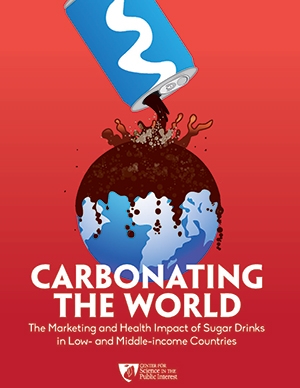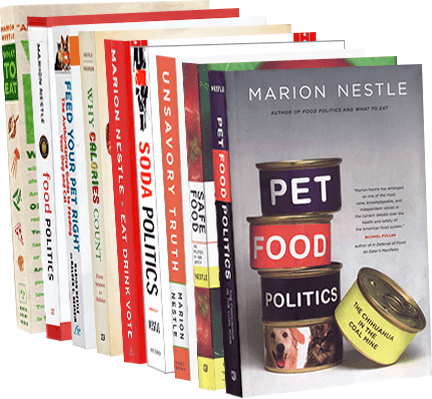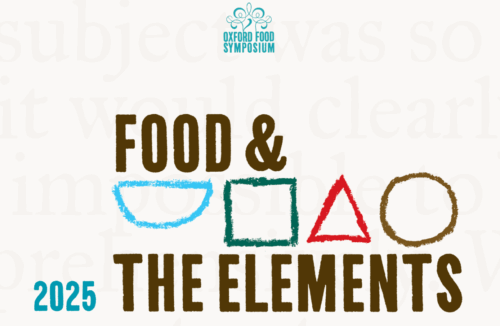Trump’s “Blue Apron” plan for SNAP: real or a smokescreen?
I vote for smokescreen.
Let’s take this one step at a time, starting with the FY 2019 Budget announced last week. In this administration’s usual Orwell-speak:
The Budget proposes a bold new approach to administering the Supplemental Nutrition Assistance Program (SNAP) that combines traditional SNAP benefits with 100-percent American grown foods provided directly to households and focuses administrative reforms on outcome-based employment strategies. The Budget expands on previous SNAP proposals to strengthen expectations for work among able-bodied adults, preserves benefits for those most in need….
Translation: work requirements and budget cuts. These are emphasized in the FY 2019 Budget Addendum. This proposes a $17 billion cut in funding ($213 billion over the next decade). In more Orwell-speak, it is
designed to improve nutrition and target benefits to those who need them while ensuring careful stewardship of taxpayers’ money. This suite of proposals includes a new approach to nutrition assistance that combines retail-based SNAP benefits with a package of nutritious, 100 percent American-grown food. The Budget also encourages States to innovate in helping participants move to self-sufficiency and improving employment outcomes.
This language comes directly from USDA Secretary Sonny Perdue’s Big Idea: America’s Harvest Box, specified as containing:
Shelf-stable milk, juice, grains, ready-eat-cereals, pasta, peanut butter, beans, canned meat, poultry or fish, and canned fruits and vegetables.
The box would account for roughly half the benefits; the other half would come from using EBT cards, as in the past.
What got all the attention was a statement from White House OMB Director Mick Mulvaney, as reported in the Washington Post:
What we do is propose that for folks who are on food stamps, part — not all, part — of their benefits come in the actual sort of, and I don’t want to steal somebody’s copyright, but a Blue Apron-type program where you actually receive the food instead of receive the cash,” Mulvaney said. “It lowers the cost to us because we can buy [at wholesale prices] whereas they have to buy it at retail. It also makes sure they’re getting nutritious food. So we’re pretty excited about that.
Blue Apron, in case you haven’t been keeping up with this, is a meal-delivery service that has had some fiscal problems lately.
The budget plan includes some “add-back” requests for additional funds for special purposes. One such request is for $30 million to test whether the Harvest Box plan works.
Under this proposal grants would be made to a small number of states to design, implement, and evaluate the provision of a package of USDA Foods in combination with the traditional Supplemental Nutrition Assistance Program (SNAP, formerly Food Stamps) electronic benefits used at approved retailers. This supports early implementation and evaluation of the related 2019 Budget proposal, which calls for this program structure nationwide and is estimated to save over $12 billion in 2019, and $129 billion over ten years. These grants would provide important policy and administrative lessons to inform efficient and effective nationwide implementation.
What are we to make of all this? My favorite reaction comes from Politico: “Trump’s Food Stamp Idea Is Like Blue Apron Had a Socialist Hangover.”
It is hardly pro-market to displace the private sector and build a parallel, state-run distribution system, no matter how many times you name-check Blue Apron. This is the sort of thing you find in countries still recovering from socialist hangovers…No, the “Harvest Box” approach to hunger policy makes sense only in the context of hunger politics. And hunger politics have always been as much about the welfare of agribusiness as about the welfare of the poor…. It is generally more expensive than either buying food locally and distributing it or simply giving the recipients cash or vouchers to purchase their own food. Rigorous experimental testing has shown that it does not even produce systematically better nutritional outcomes than giving out money.
I particularly enjoyed Andy Fisher’s comments. Fisher is author of Big Hunger: The Unholy Alliance between Corporate America and Anti-Hunger Groups (see my Weekend Reading post on this book). “Comrade Trump, he says, might just be on to something.” SNAP, he points out,
is an accomplice to our need for cheap food with the accompanying externalities caused to public health. It reinforces the ills of the marketplace rather than seeks to transform them.”
His suggestion? Nationalize the grocery industry.
The NY Times pointed out that even Trump administration officials don’t think this is a serious proposal:
administration officials on Tuesday admitted that the food-box plan…had virtually no chance of being implemented anytime soon. Instead, the idea…was a political gambit by fiscal hawks in the administration aimed at outraging liberals and stirring up members of the president’s own party working on the latest version of the farm bill. The move, they said, was intended to lay down a marker that the administration is serious about pressing for about $85 billion in other cuts to food assistance programs that will be achieved, in part, by imposing strict new work requirements on recipients.
Let’s be clear what this about: Cuts to SNAP. As the Center for Budget and Policy Priorities analyzes the situation, the plan intends to cut SNAP benefits as well as:
- Expand government bureaucracy
- Shift costs to states and nonprofits
- Increase costs for participants
- Restrict access to fresh fruits and vegetables
- Increase stigma for low-income households
- Negatively impact retailers
Let me add a couple of other points:
- If you want to help the poor and save money, use cash transfers. These demonstrably work better.
- If you want food boxes to improve nutritional status, go to the WIC model and include some fresh foods.
The bottom line: pay attention to the budget cuts.



